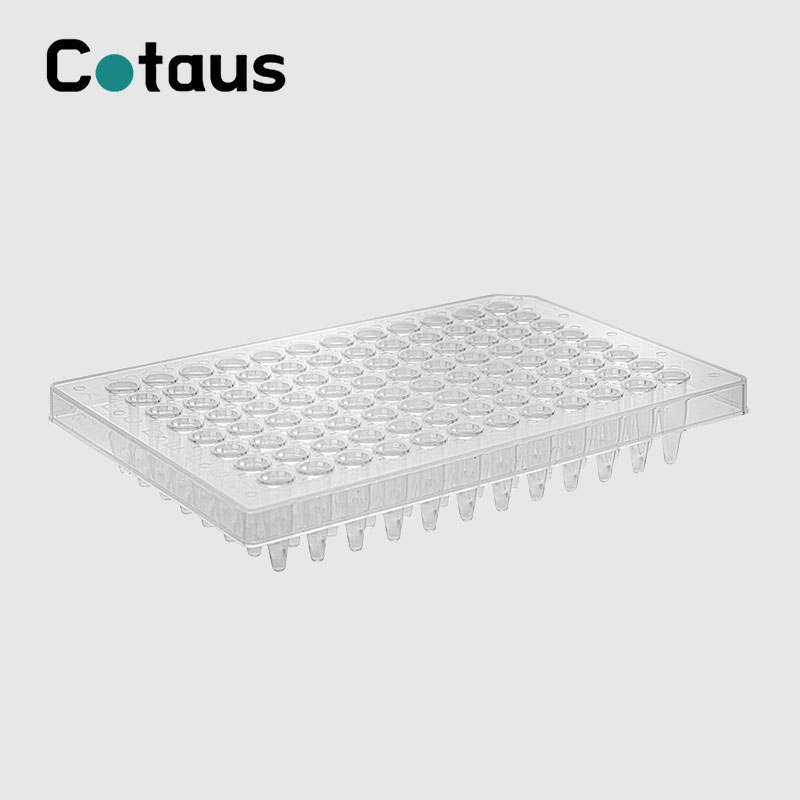Exploring the Materials Behind Transparent Half-Skirt PCR Plates
2024-03-22
In the realm of molecular biology and genetic research, precision and accuracy are paramount. Every component of the laboratory workflow, no matter how seemingly minor, plays a crucial role in ensuring reliable results. One such component that often goes underappreciated is the PCR plate, a fundamental tool for amplifying DNA fragments through the polymerase chain reaction (PCR) process. Among the various designs available, transparent half-skirt PCR plates stand out for their unique construction and functionality. In this blog, we delve into the materials that form the backbone of these indispensable labware.
Polypropylene: The Foundation of Stability
At the core of transparent half-skirt PCR plates lies polypropylene, a versatile thermoplastic polymer renowned for its durability and chemical resistance. Polypropylene's robustness ensures that the PCR plate maintains structural integrity throughout the rigorous thermal cycling process inherent to PCR. This material also exhibits low binding properties, minimizing the risk of DNA or enzyme adherence to the plate surface, thereby preserving sample purity and integrity.
Optically Clear Polymers: Enhancing Visibility
Transparency is a defining feature of half-skirt PCR plates, enabling researchers to visually inspect samples during pipetting and PCR cycling. Achieving this transparency requires the integration of optically clear polymers into the plate's design. These specialized polymers possess exceptional clarity, allowing for unobstructed observation of sample contents and reaction dynamics. By enhancing visibility, optically clear polymers empower researchers to detect any anomalies or irregularities that may arise during the PCR process, thereby facilitating troubleshooting and optimization efforts.
Thermal Conductive Additives: Optimizing PCR Efficiency
Efficient thermal transfer is essential for maintaining consistent and reproducible PCR amplification. To ensure optimal thermal conductivity, transparent half-skirt PCR plates often incorporate additives such as carbon or metals into the polypropylene matrix. These thermal conductive additives help dissipate heat evenly across the plate, minimizing temperature differentials between individual wells and promoting uniform PCR amplification. By optimizing thermal efficiency, these plates enhance the reliability and accuracy of PCR results, particularly in high-throughput applications where precise temperature control is critical.
Chemical Modifiers: Safeguarding Against Contamination
Contamination poses a significant risk in PCR-based workflows, potentially leading to erroneous results and compromised data integrity. To mitigate this risk, transparent half-skirt PCR plates may undergo surface modification with chemical agents such as hydrophobic coatings or antistatic treatments. These modifiers serve to repel contaminants, prevent sample evaporation, and reduce static build-up, thereby preserving the purity and stability of the reaction mixture. By safeguarding against contamination, these plates uphold the integrity of PCR experiments and ensure the reliability of downstream analyses.
In conclusion, the construction of transparent half-skirt PCR plates is a testament to the meticulous attention to detail that characterizes modern molecular biology research. By leveraging a combination of polypropylene, optically clear polymers, thermal conductive additives, and chemical modifiers, these plates offer researchers a reliable and user-friendly platform for conducting PCR experiments with confidence. As technology continues to advance, the materials used in PCR plate construction will undoubtedly evolve, driving further innovation and refinement in the field of molecular diagnostics and genetic analysis.



